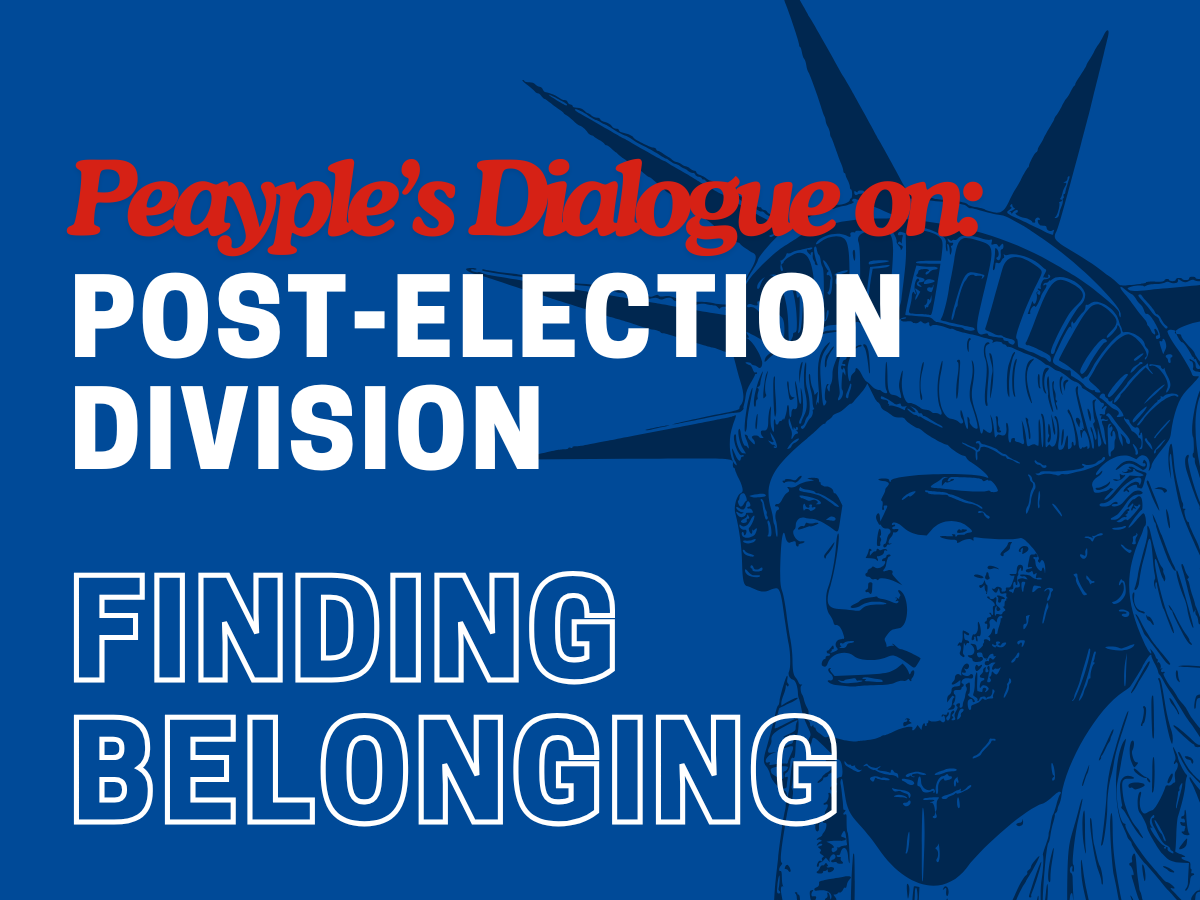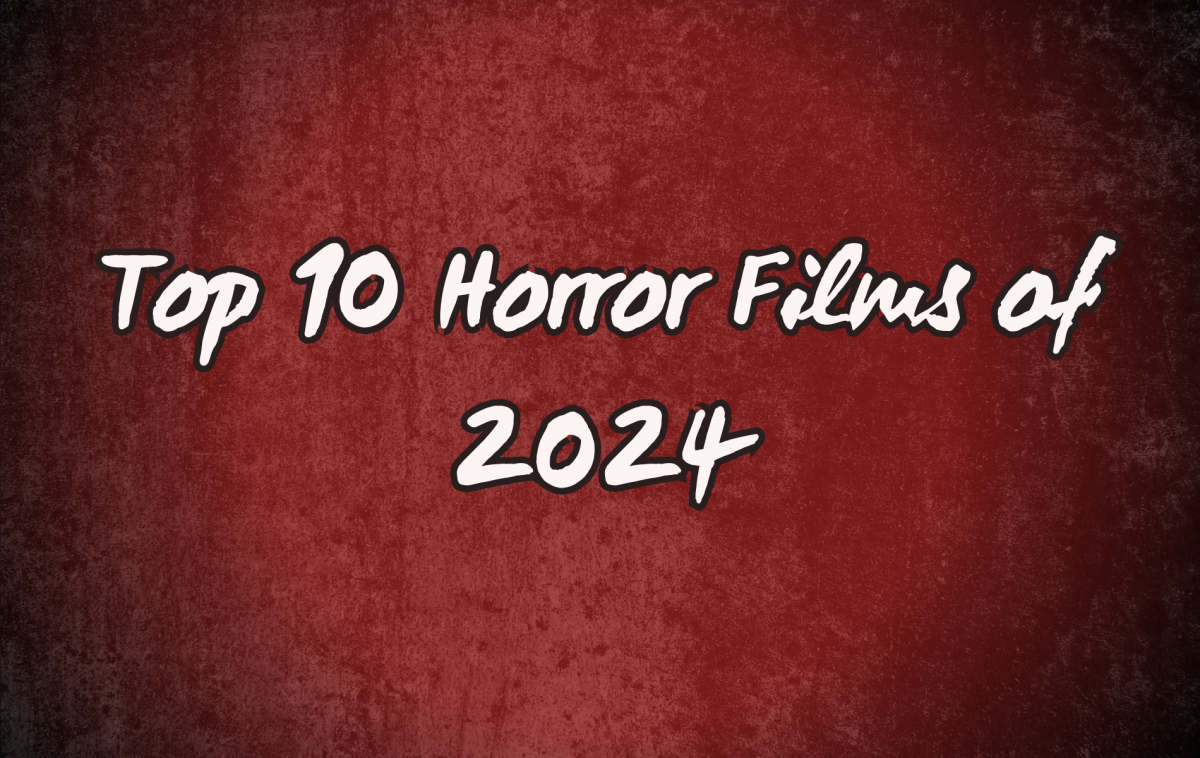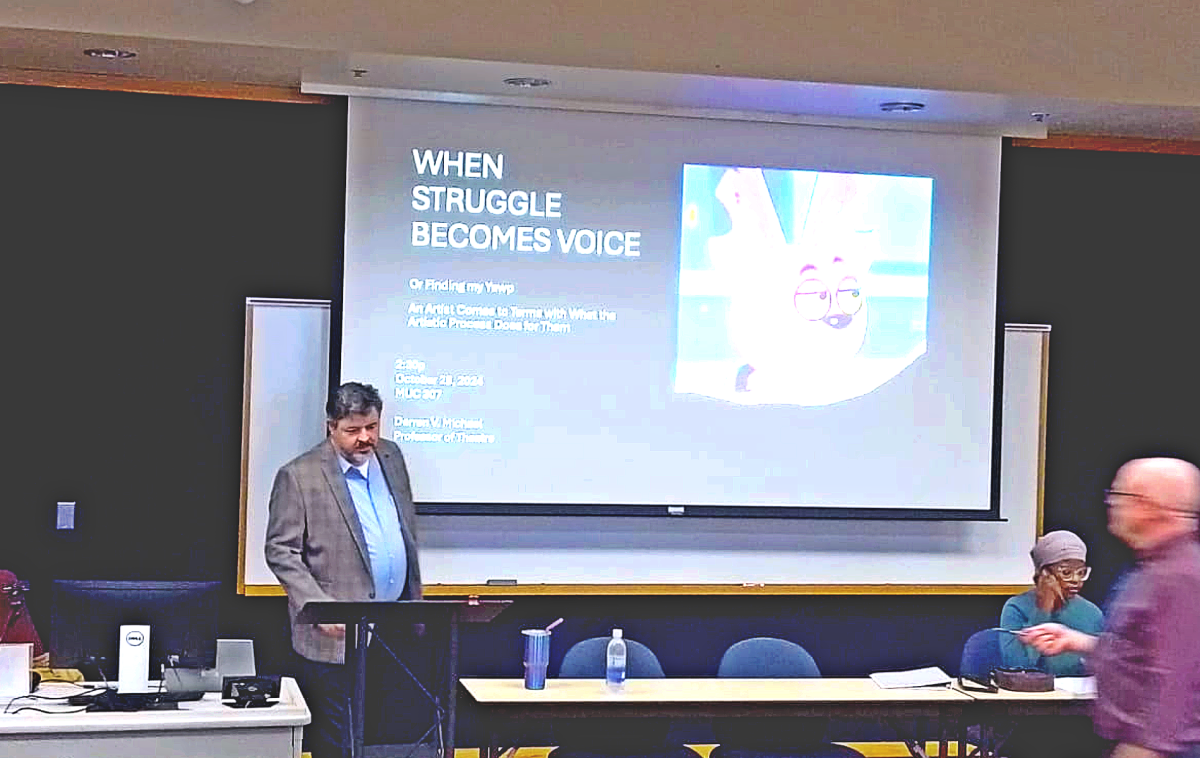I remember having a conversation with my mother about “One Flew Over the Cuckoo’s Nest” way back. I said Hollywood would inevitably re-adapt it in the future. I also said that if they were to remake “One Flew Over the Cuckoo’s Nest,” whoever directs it should cast Sarah Paulson as Nurse Ratched.
No matter my opinions of “Ratched,” I want to say that I called it. I forever have bragging rights in my book.
Nurse Ratched is a defining character within the “battle-ax nurse” trope. Whether it was Ken Kesey’s original 1962 novel or Louise Fletcher’s Oscar-winning portrayal in the 1975 film, Nurse Ratched is a name synonymous with authoritarianism and abuse of power. But how did a woman like her come to fruition?
Set over a decade prior to the events of “One Flew Over the Cuckoo’s Nest,” Mildred Ratched arrives at Lucia, a psychiatric hospital in Northern California. Prior to this, police arrest Edmund Tolleson for the murders of several priests and have him evaluated to see if he can stand trial. The hospital deals with various obstacles, such as struggles to receive funding and maintain civil temperament amongst the workers. Ratched takes on the job with the confidence that she can turn things around and grant patients mercy.
What they do not know is Ratched’s definition of mercy is a far cry from what her humble demeanor implies.
As expected, the cast is fantastic. My particular compliments go to the actresses tasked to take on these characters. Judy Davis, Sophie Okonedo, Alice Englert and Cynthia Nixon provide an amalgamation of vulnerability, neurosis, pain and a need for control—all of which succinctly correlate with Nurse Ratched’s character arc.
When I discovered Ryan Murphy cast Finn Wittrock as an unstable but charismatic murderer, a pit developed in my stomach and I said to myself, “They’re gonna make him fill the void that Jack Nicholson’s McMurphy leaves behind, aren’t they?”
Thankfully, Murphy does not relegate Wittrock’s character to a self-referential sideshow. This is relieving because Finn Wittrock is a fantastic actor. I noticed this after seeing his performance in “Freak Show,” and I feel that audiences neglect his talent. I hope this provides him more exposure and opportunities as a result.
But everyone pales in comparison to the tour de force that is Sarah Paulson.
I do not know what else to say other than I called it. In my mind, no one else could portray an alternate interpretation of Nurse Ratched with the prowess Paulson has. I understand some people’s apprehension about the casting, as Sarah Paulson is older than Louise Fletcher’s initial age when Miloš Forman cast her.
Here is my defense, though. Even if you cast a younger woman, you should not place the legacy of an iconic figure in the hands of a less experienced actress. Sarah Paulson not only does not look as old as you would expect, but she also has the established credentials to take on such a complex character.
I also defend the changes made to Nurse Ratched’s character. I understand that after years of acquainting yourself with the stoic entity associated with the name “Ratched,” seeing a humanized portrayal of her triggers some cognitive dissonance. However, this is meant to be an origin story. The old saying goes, “Monsters are made, not born.”
“Ratched” is no exception. While some iconic villains’ intimidating nature unravel due to needless backstory, this is an appropriate circumstance to infuse a developing character arc.
Besides, there are far worse elements to criticize.
Right off the bat, you notice a stark contrast in cinematography, art direction and narrative tone from “One Flew Over the Cuckoo’s Nest.” The color palette is bright and accentuates the time period “Ratched” takes place in. The sudden lighting and camera tricks intend to convey the unhinged tone of the series.
The problem is not that “Ratched” deviates from the creative direction of “One Flew Over the Cuckoo’s Nest.” The problem is that, even with the basis of it being both a prequel and another Ryan Murphy passion project, it does not serve a consistent purpose.
What succeeds about “One Flew Over the Cuckoo’s Nest” is its unrelenting portrayal of psychiatric abuse through subtlety and realism. It did not fixate on the gruesome physical aspects of the hospital’s authority. All it had to do was emphasize the power Nurse Ratched held over the patients with her passive-aggressive humiliation and faux gentle demeanor. Indulging in graphic violence and suffering can only do so much.
Many critics compared this to “American Horror Story,” primarily to highlight the strength of its second season “Asylum.” I watched most of “AHS” until the seventh season. I could not bring myself to finish “Roanoke” and “Cult” was dreadfully on-the-nose with its topical themes. I hear “Asylum” is considered the best season amongst fans, but even without having watched it, I know the rushed social commentary is not uncharacteristic in “Ratched.”
Ryan Murphy has never been subtle about his social commentary. This can be either a strength or a detriment given the circumstances. At best, you get miniseries such as “Feud: Bette and Joan” and “The People v. OJ Simpson.” At worst, you get an egregiously bad episode of “Glee” or “AHS.” This series meets somewhere in the middle, as the story’s enthralling energy does not flounder but it also never meets the narrative standards Murphy set out to achieve.
One of the most controversial moments in the series is when one character, who is diagnosed with what is now known as dissociative identity disorder, kills several people. The series implies her revenge will be a major plot point in the follow-up season.
Normally, I would not spoil a plot point such as this. However, I need to break my “no spoilers” rule to explain why this portrayal of DID is harmful.
On paper, exploring such a stigmatized disorder within the backdrop of post-WWII psychiatry is not a bad idea. The character’s alters (short for “alternate identities”) are not as far-fetched as they seem.
Two of them base their existence on real people, one of them being a doctor at Lucia. As bizarre and dramatized as its portrayal may indicate, this is not as uncommon as it sounds. This type of alter is called an “introject,” as they are internalized representations of external people. Introjects can originate from fictional characters or public figures, but they can also originate from people the host knows personally (e.g., an abuser).
The series references a traumatic incident from the host’s teen years in her introductory episode. I concede to the possibility that Ryan Murphy plans to expand on her traumatic backstory in season two. However, it is important to know how dissociative disorders like DID form.
The theory of structural dissociation operates on the basis that no one is born with an integrated personality. As we grow up, these ego states naturally integrate over time. The solidification occurs between the ages of 6 and 9, and after that point, that is when the personality fully integrates.
When severe childhood trauma occurs during these pivotal developmental stages, it disrupts the process and leaves several ego states unable to merge. This is how the brain “splits,” or forms alternate identities in those with dissociative disorders.
Primary structural dissociation occurs when one part holding onto the trauma (the “emotional part”) is separate from the core, or the “apparently normal part.” This is present within the diagnosis of PTSD. Secondary structural dissociation occurs when multiple EPs separate themselves from the ANP. This is present within the diagnoses of C-PTSD and BPD, as well as other specified dissociative disorder (abbreviated as OSDD). Tertiary structural dissociation occurs when multiple EPs separate themselves from multiple ANPs, which is a significant aspect of DID.
All of that being said, the problem with Ryan Murphy’s portrayal of DID has little to do with the commonplace complaints in relation to mainstream representation of mental illness. The problem with his portrayal is the inevitable harm this causes the DID/OSDD community.
There is no statistical evidence that suggests people with DID/OSDD are more likely to kill or commit acts of violence against others. The same logistical conclusion applies to people with schizophrenia, psychosis, BPD and any other “scary” mental illness portrayed in mainstream media. Not only are people with DID/OSDD more likely to be victims of abuse than the perpetrators, but this universal experience is also the literal basis of their disorders.
Mainstream media such as M. Night Shyamalan’s “Split” and “Glass” contributes to the stigma, as well as abuse and violence, against people with DID/OSDD. There is no excuse to continue this. It is not dissociative systems’ fault that you need to incorporate their trauma into your plot because your storytelling lacks narrative cohesion.
On that note, this ignorant decision on Murphy’s part undermines the series’ intentions. The series intends to do what Ken Kesey did, which is call attention to psychiatric abuse and encourage better mental health care. But how can your series admonish the dehumanization of mentally ill people when you demonstrate the same behavior? How can you consider yourself progressive in your mental health advocacy when you portray someone with a severely misunderstood disorder as not only a convenient plot point but also a violent and dangerous person?
“Ratched” is an entertaining binge-fest for October that has the self-indulgent campiness of “AHS.” However, “One Flew Over the Cuckoo’s Nest” left me rattled. It is a movie that is so good, I never want to see it again if I can help it. No matter how entertaining “Ratched” may be, it cannot compensate for substantive storytelling. I do not know for certain if Ryan Murphy will revise these issues in the second season, but the option to pull the plug remains until further notice.







